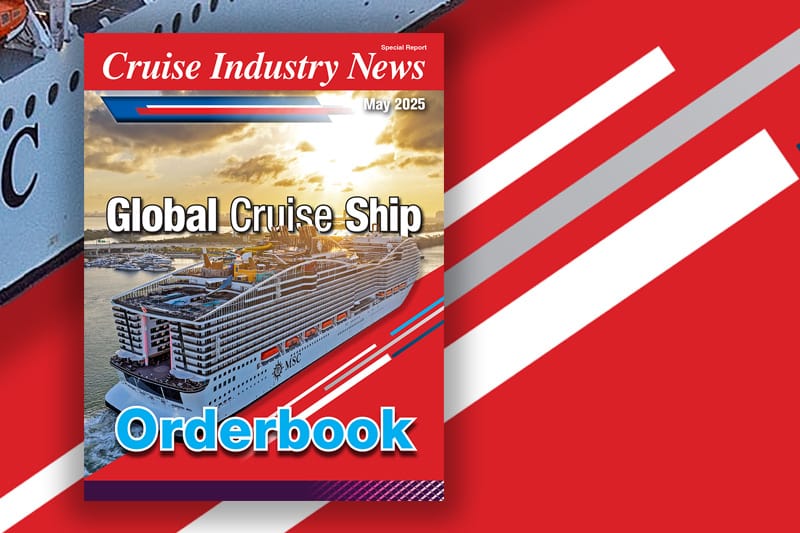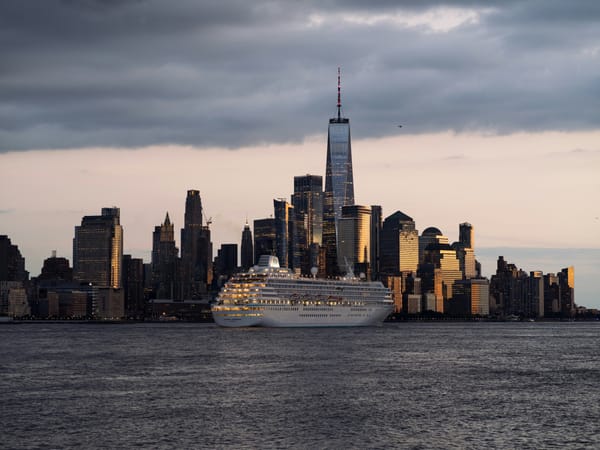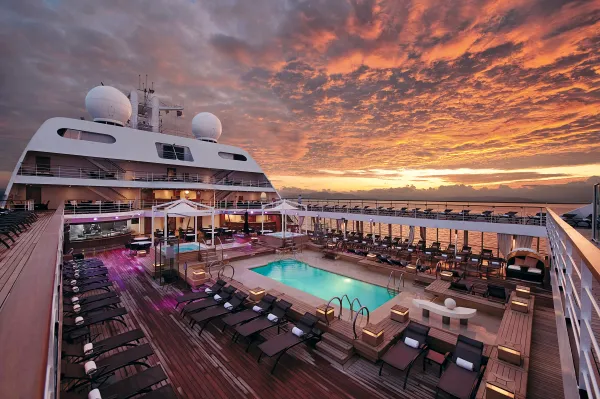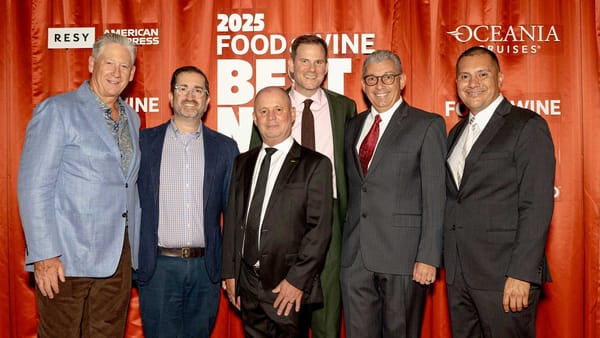Rising Demand New Ships and Younger Travelers Fuel Cruise Boom
As new ships debut and fleet upgrades accelerate, younger and first-time cruisers are reshaping the sector, while sustainability and regional tourism gains highlight cruising’s expanding influence.

The cruise industry is poised for significant growth and innovation. Multiple reports highlight record-breaking passenger figures, new vessel orders, and emerging travel trends.
Cruise Lines International Association’s (CLIA) 2025 State of the Cruise Industry Report forecasts over 37.7 million passengers in 2025, demonstrating that cruising is one of the fastest-growing segments in global tourism. The report also notes extensive fleet modernization efforts, with 73 ships valued at $63.5 billion on order.
Passenger Growth: First-Time Cruisers and Younger Demographics
The report reveals that in 2024, 31 percent of passengers were first-time cruisers, up from 27 percent in 2023. Additionally, millennials and Generation X travelers show strong loyalty, with 83 percent and 84 percent of respondents, respectively, intending to cruise again. Multigenerational travel is also on the rise, with 28 percent of passengers traveling with three or more generations.
Expedition and Luxury Cruises Show Remarkable Growth
Expedition cruising saw a 21.6 percent increase in passengers visiting remote destinations such as Antarctica, the Galapagos, and the Arctic. Meanwhile, the luxury segment has blossomed, growing from 28 luxury ships in 2010 to 97 in 2024, reflecting increased demand for upscale travel experiences.
Planned Ship Modernizations and New Vessel Launches
The global order book includes 73 ships valued at $63.5 billion, as cruise companies such as Royal Caribbean, Norwegian Cruise Line Holdings, and Carnival Corporation invest in new ships and fleet upgrades.
Celebrity Cruises recently announced a $250 million modernization for its Solstice-class ships starting in early 2026. MSC Cruises is retrofitting its “Yacht Club” luxury concept onto older vessels, such as MSC Magnifica, marking its largest refurbishment in a decade. Meanwhile, Regent Seven Seas Cruises plans comprehensive upgrades: Seven Seas Mariner is scheduled for dry dock in November 2025 and Seven Seas Voyager in late April 2026.
Sustainability and Economic Impact
To address environmental concerns, 72 percent of CLIA member fleets will be equipped to connect to shore power by 2028, and 50 percent of all new cruise ships will feature engines capable of running on alternative fuels like LNG. These initiatives underscore the industry’s commitment to reducing its environmental footprint.
Economically, the global cruise sector generated $168 billion in 2023, supporting 1.6 million jobs worldwide. Furthermore, CLIA data shows that 69 percent of cruise passengers participate in pre- or post-cruise stays, driving considerable spending in local communities.
Enhanced Demand Driving Industry Resilience
Strong demand continues to drive industry growth, prompting cruise lines to expand fleets, modernize older vessels, and focus on niche segments such as expedition and luxury cruises. As passenger enthusiasm remains high, these trends signal a bright future for global cruise tourism.
Frequently Asked Questions (FAQs)
What is driving the growth of first-time cruise passengers?
Many first-time cruisers are attracted by the variety of itineraries, onboard amenities, and overall value that cruises offer. In 2024, 31 percent of passengers were new to the experience.
What are the fastest-growing segments in the cruise industry?
Expedition cruises, which grew by 21.6 percent in 2024, and luxury cruises, expanding from 28 ships in 2010 to 97 in 2024, are leading the way in specialized travel experiences.
How is the cruise industry addressing sustainability concerns?
Cruise lines are investing in alternative fuels and energy-efficient technologies. CLIA reports that 72 percent of member fleets will be able to connect to shore power by 2028, and 50 percent of new cruise ships will have engines capable of running on fuels such as LNG.
What makes cruises appealing to younger travelers?
Younger generations, including millennials and Gen X, are drawn to cruises for their diverse itineraries, onboard entertainment, and competitive pricing. Additionally, multigenerational travel opportunities enhance the overall appeal.
Which regions are experiencing significant growth in cruise traffic?
The Caribbean remains a top destination, while expedition travel is on the rise with significant increases in regions such as Antarctica, the Arctic, and the Galapagos.




